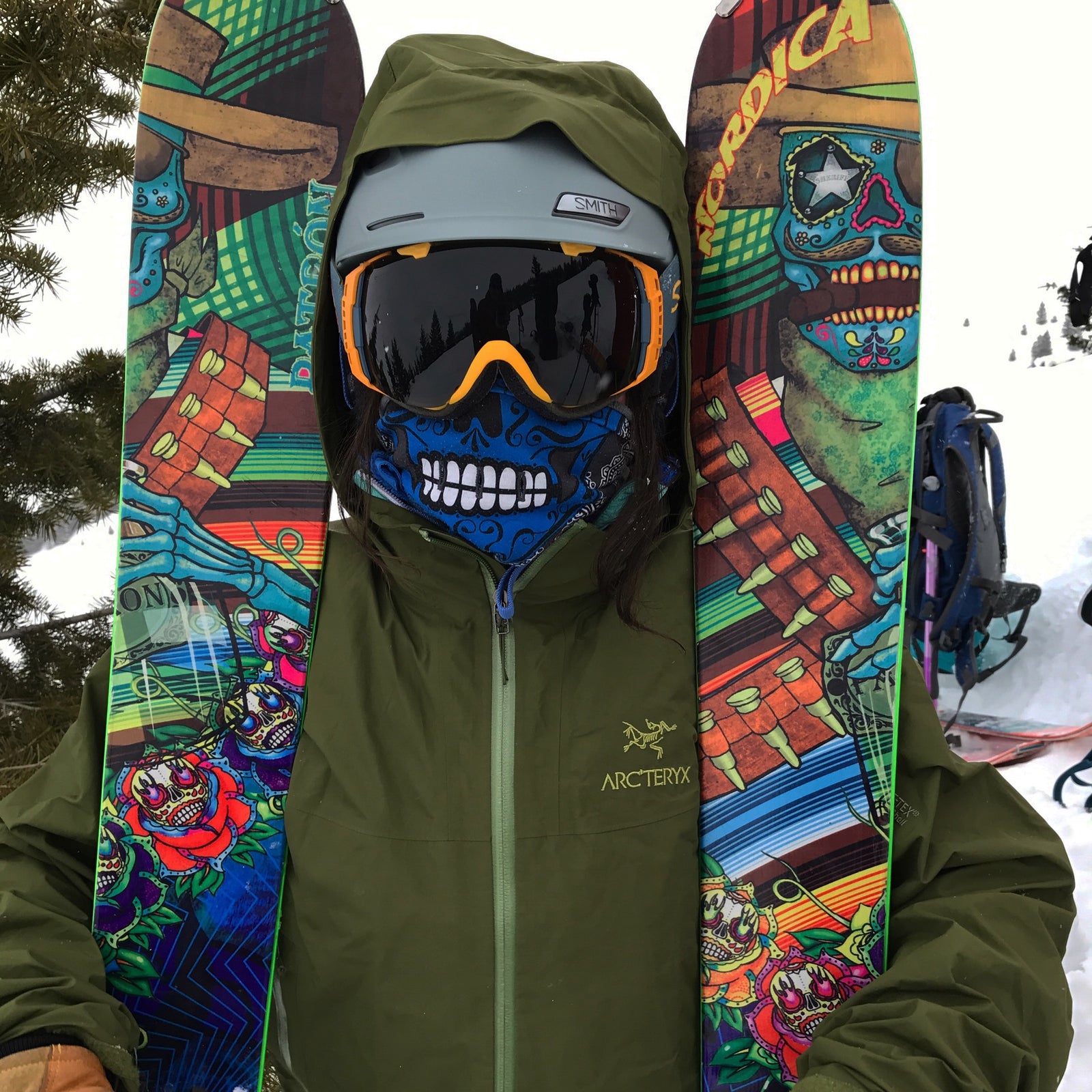Your Cart is Empty
3677 Main Ave - Mon - Sat 10AM to 6 PM - Closed Sundays

When it comes to buying and selling used skis, there’s more to consider than whether or not the skis appear “functional.” The bases may look nice and waxed, the edges may still have a factory edge on them, and the topsheets may have no nicks or dings that even a microscope could identify. The real question on “is that ski still usable” is whether or not the bindings are indemnified by the manufacturer. What in the world does that mean, most people will ask?
As described by skibum.net, indemnified bindings means “in short, … the manufacturer will “support” the certified technician in the event of legal action. That’s all.” Each year, ski binding manufacturers create a list of bindings that they will indemnify. This list is provided to certified ski retailers who belong to the National Ski & Snowboard Retailers Association (NSSRA).
The purpose of the NSSRA, according to their website, is to “represent specialty snowsports retailers, and advocate on their behalf on issues affecting their businesses.” Each year, binding manufacturers create a list of bindings they will indemnify and provide that list to the NSSRA who in turn provides that list exclusively to their paying members. In order to become an NSSRA member, retailers must submit an application to the organization with an annual payment and details of their retail ski shop.
This might lead you to ask “what about the rest of us?” I, personally, want to know whether or not those skis that were handed down or sold second hand to me are considered “indemnified,” and therefore safe in the eyes of the Industry. This is where it gets a little convoluted. In order to have a binding tested for safety, a ski shop must test the binding to ensure that binding will release when a certain amount of pressure is applied laterally to the ski boot. This test mimics a hypothetical user of the boot and binding combination falling. If the binding were to not release, the user’s knees could be compromised resulting in potential injury. This test can cost anywhere from $15 to $25 depending on the shop you bring them to.
On top of the industry’s indemnified list, a shop technician also has the ultimate say in whether or not they consider the binding to be safe. Even if the bindings are on the indemnification list, a ski tech can deny service if they don’t consider a binding to be safe. All of these different factors leaves those who choose to use second hand skis at the mercy of the ski shops who are renting or selling skis and bindings direct from the manufacturer and who belong to the NSSRA.
Therefore, when we take in used skis on consignment we take time to check (to the best of our ability and available resources) that the bindings on the skis are deemed usable and on the most current indemnification list. If they are not, we will not resell them in our shop because the next person who buys them won’t be able to get them serviced. Buying and selling used gear comes with its handful of challenges. Ski binding indemnification is one we are trying our best to stay up to speed on and do what it right by both consignor and customer.

The time’s come. You’ve got your lightweight backpack, a comfy sleeping bag (of quilt), a sleeping pad that doesn’t (yet) leak air, a cool tent, a nifty little stove, and a hankering to get out and use it all. Let’s go!

Public lands need your help now. Durango Outdoor Exchange has compiled this handy list of regional organizations that you can support while federal budgets are slashed and land stewards are laid off.

We’ve all read the disappointing headlines and shocking Facebook posts, and we maybe have even encountered problems of our own–national parks and other public lands in the U.S. are being impacted by severe federal budget cuts. These cuts have resulted in locked gates, reduced services, and loss of support for these lands that mean so much to us.
This means more than longer lines at entry stations. In some cases, there is legitimate concern that budget cuts will lead to impacts on historic sites and natural landscapes. This is a scary time to be someone who dearly loves our public lands, but there are ways that everyone, including you, can make a difference.